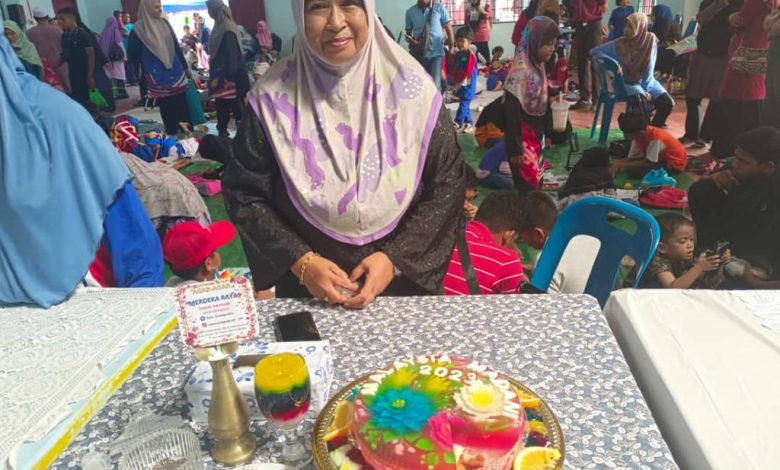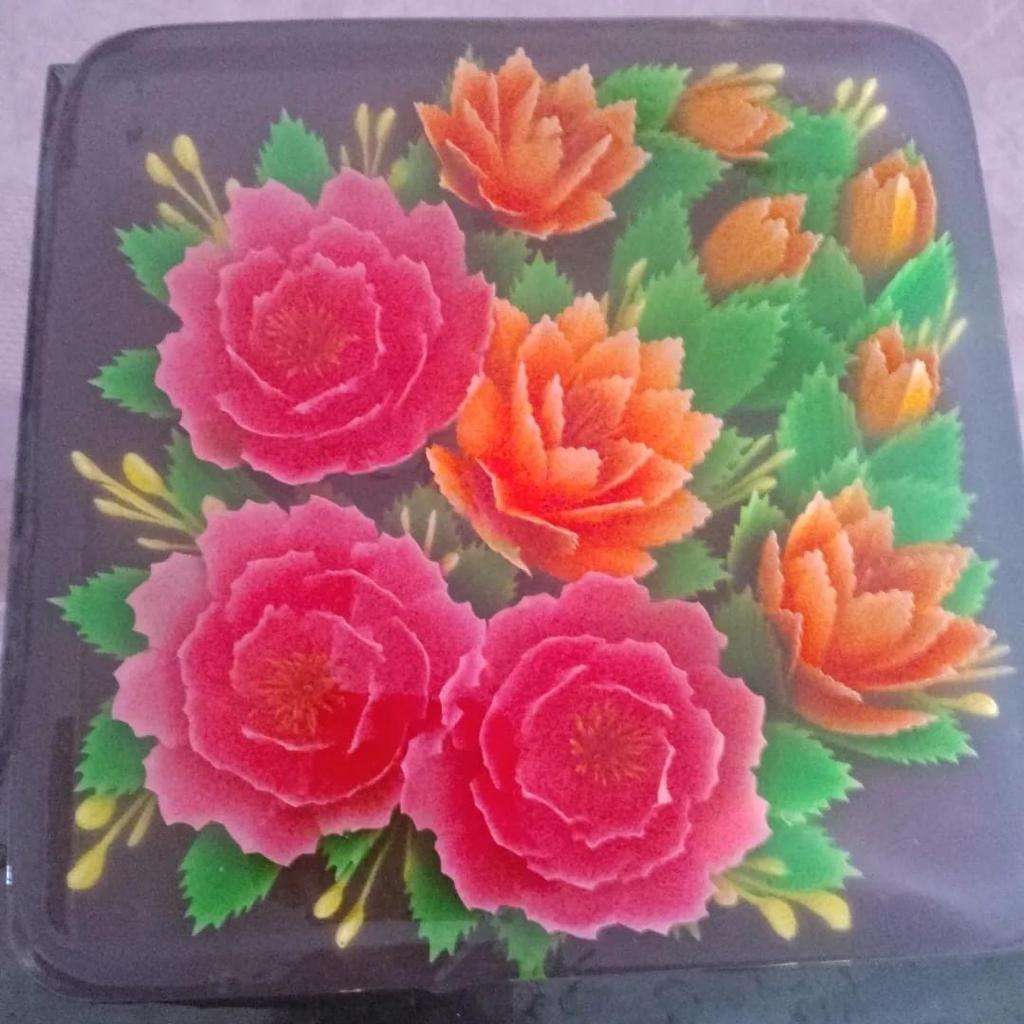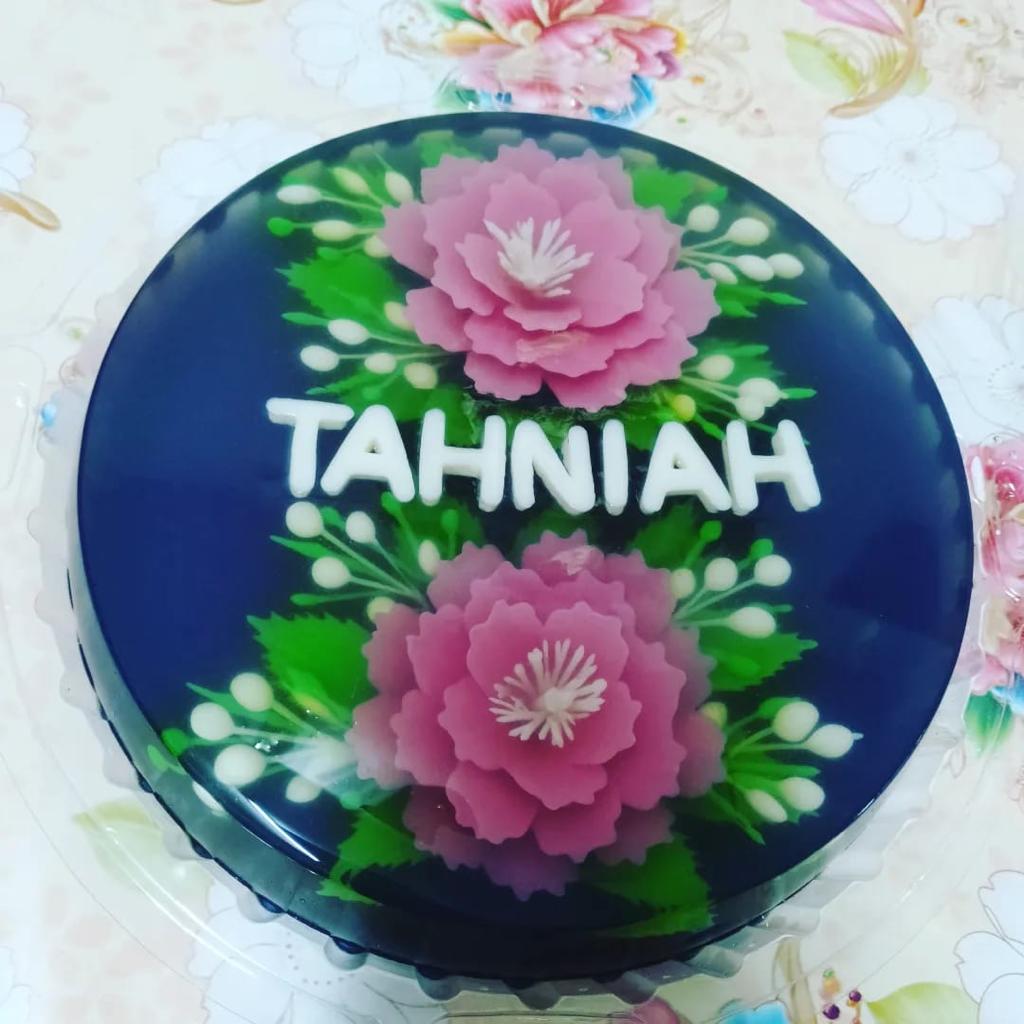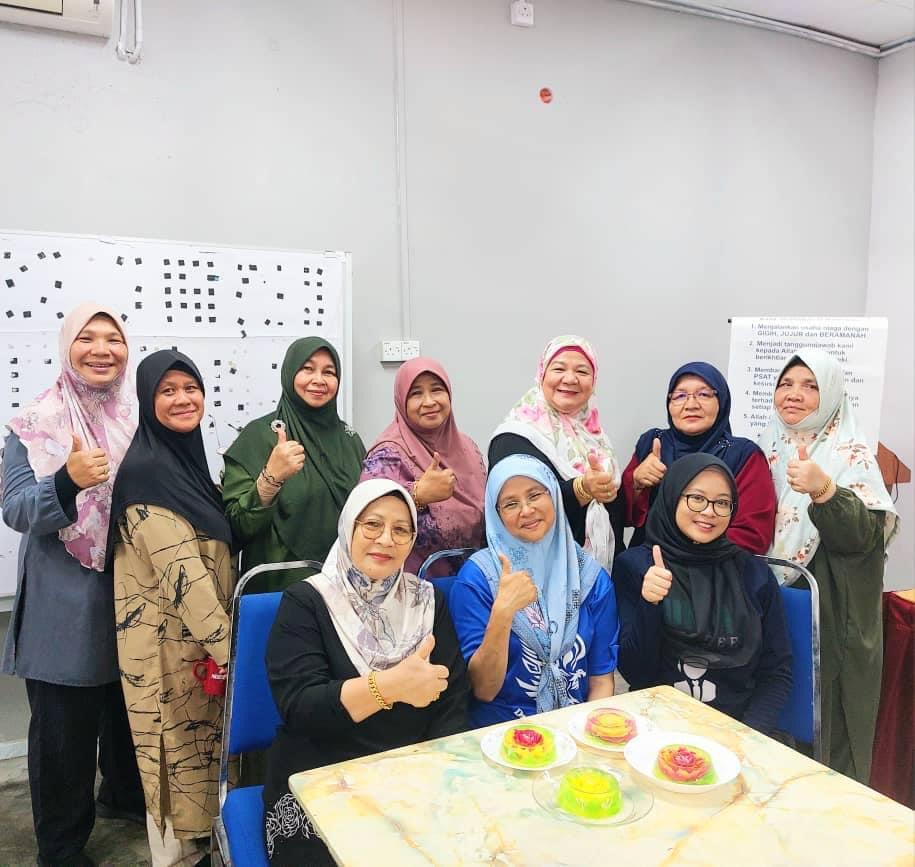

By Aida Aziz
IPOH: Three-dimensional (3D) and 4D jellies are now gaining popularity at ceremonial events or weddings compared to traditional cakes.
Their unique designs and patterns, combined with the precision in each jelly, have attracted many enthusiasts.


Surai Hassan, 65, started learning how to make 3D and 4D jellies after retiring in 2015 and began seriously producing them the following year.
According to Surai, also known as Kak Su, her current goal is to teach those interested by offering reasonably priced classes.
She added that this benefits homemakers and individuals looking for extra income through business opportunities.


“I started teaching the public at home in 2019 for demonstrations or hands-on lessons in a designated location.
“If the class is at my home, I’ll teach the participants 100% from cooking to creating the flowers, taking about four or five hours.
“Some prefer group lessons at specified locations, and they will provide suitable venues based on their comfort.
“Usually, I provide all the materials for a class, so participants become proficient. If anyone has further questions or doesn’t understand something, they can contact me,” she said in a recent interview.


Furthermore, Surai explained that the difference between 3D and 4D jellies is that 3D is injected from within, while 4D involves cooking the pudding first and then placing the flowers on top.
The typical size of jellies is 8 inches, and often people order 9-inch ones for events.


“We will write what they want, and that inscription will be ‘planted’ inside the jelly. The jellies come in various flavors and feature motifs like fish, flowers, and more, according to people’s preferences,” she said.
She emphasized the importance of patience in the jelly-making process.
“We cook the jelly powder until it’s clear, then pour it into molds and let it set for three to four hours. For injecting flower patterns, I use milk or soy, as it is more suitable and longer-lasting than coconut milk.
“The milk or soy is cooked and mixed with a bit of jelly until it solidifies, then placed in a container of the desired size.
“The next step is to boil it in a pot (similar to melting chocolate over heat). We need to ensure it remains hot and liquid, using a special needle to inject the milk or soy into the jelly, also known as a canvas. There are various needles with different flower designs to choose from.
“The injection process has its technique, involving puncturing, pulling slightly, and injecting,” she explained.
For those interested in ordering or attending her jelly-making classes, they can contact Surai at 012-527 4593 or visit Facebook Sue Cempaka for more information.




